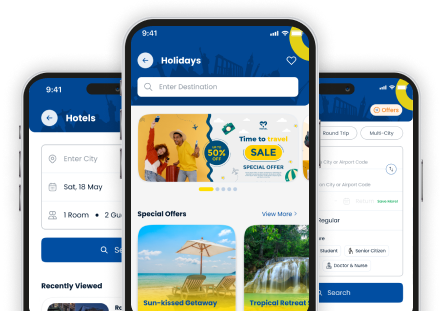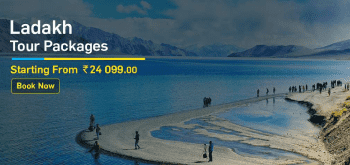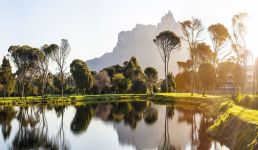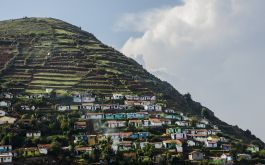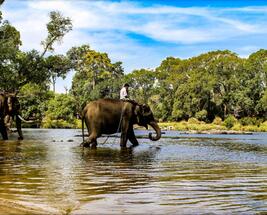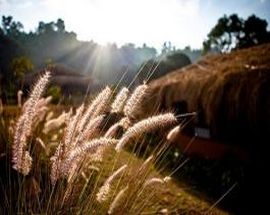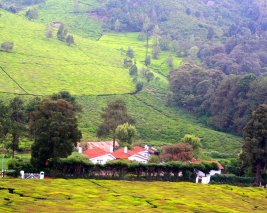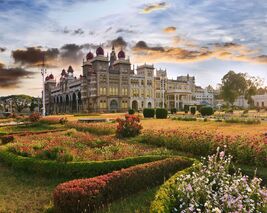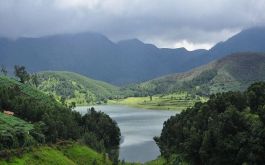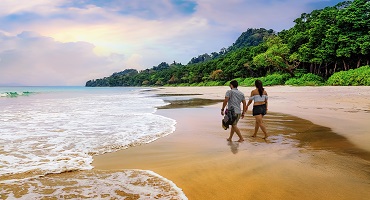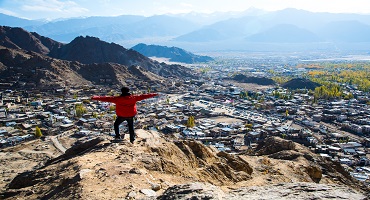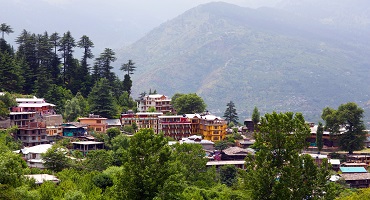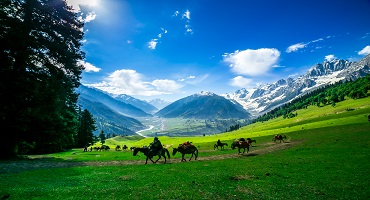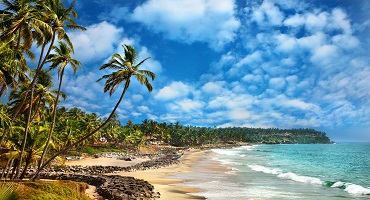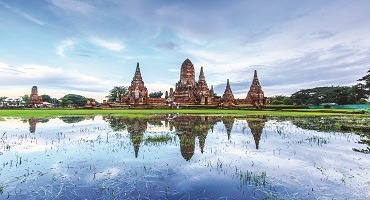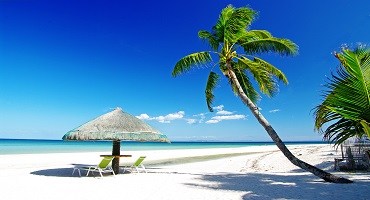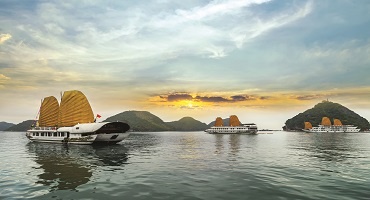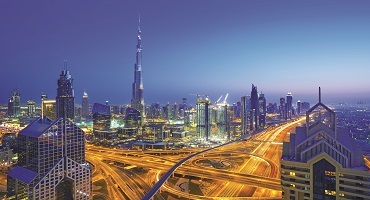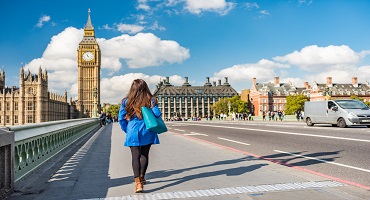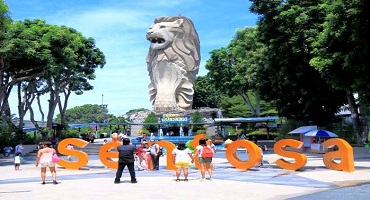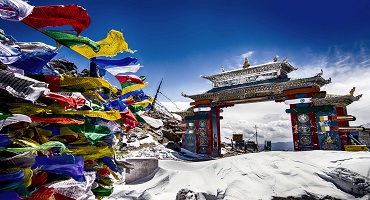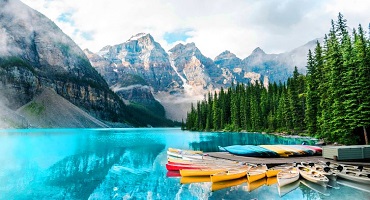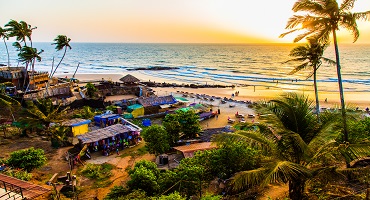The land of Mysore paintings, Mysore silk, Mysore ink, Mysore Dosa, Mysore Pak and Mysore Dussehra, this royal city has earned itself a reputation of being a cultural gem! History, heritage, nature and spirituality blend together elegantly, casting the region with profound beauty. Reigning Kings and Queens left their mark in Mysore, for the world to discover, reflected in the grandiose palaces, mansions, forts and monuments. It’s hard to ignore the wonder of a city such as this. Is it any surprise that Mysore is a world-famous tourist destination?
If you’re planning a trip to this special place, and trust us you should, you’re probably contemplating what the best time to visit Mysore is. To answer this question thoroughly, one must look into the city’s pronounced seasons and corresponding weather conditions. In addition to that, one must be aware of the sights, activities and festivals. Where can you get all this information? Well, here of course!
We’ve broken down each season of winter, summer and monsoon, giving you all the tools to make the best decision possible. Although best time to visit Mysore is through the year, certain periods are more conducive than others. So, read further to know about the advantages and risks of each period. We’ve begun with a break up of the tourist seasons.
Peak Season – November to February
Shoulder Season – July to September
Low Season – April to June
Mysore in Winter (November to February)
Temperature: Mysore temperature during winter fluctuates between 15°C and 27°C.
Weather: Mysore weather in winter can be described as cool and pleasant. The days are amicable, while early mornings and nights get cold. The atmosphere shines with a crispness, enabling pleasing and enjoyable explorations, excursions and sightseeing.
Significance: A city like Mysore is best navigated when one is comfortable. Winter is the perfect time to have a fantastic holiday. The sightseeing offerings are vast. One can immerse themselves in history, heritage, cuisine and culture. Here are the recommended sites to visit - Mysore Palace, Lalitha Mahal, Bonsai Garden, Railway Museum, St. Philomena Church, Sri Nandi Temple and more.
Why you should visit now: The city of Mysore illuminates during the season of winter. From the nip in the air to the auspicious celebrations and magnificent architecture, there is so much to see and experience. During Diwali, the entire city sparkles with fairy lights, Diyas and lanterns. It is an exceptional sight to behold!
Things to know before the visit: For obvious reasons, winter is peak tourist season. If you’re planning a trip between November and February, make sure your bookings are done in advance. Take note of the fact that sightseeing queues will be long and crowds will be enormous.
Tips: Although it doesn’t get too cold, make sure your wardrobe consists of long pants and a warm jacket. Don’t forget to carry your camera, as you will want to take pictures. While visiting temples dress appropriately.
Mysore in Summer (April to June)
Temperature: The air temperature during summer fluctuates between 25°C and 39°C.
Weather: Mysore weather during summer is hot and dry. It stays true to its tropical savanna, bordering on hot semi-arid, climate. The days can get unusually blistering with temperatures rising to almost 40 degrees. As such, summer may not be the best climate to visit Mysore in if one wants to explore the city.
Significance: Although Mysore is challenging to explore during summer, because of the apparent temperature constraints, there other options for you to select from! There are plenty of summer destinations around Mysore that you can frequent - Vythiri, Coonoor, Kotagiri, BR Hills and Yercaud. All these stunning locales are easily accessible. However, if you’re looking to stay within the city, then it might be best to select a luxurious hotel that offers in house activities and delicious cuisine.
Why you should visit now: Although the climate is harsh, the evenings give way to easier temperatures. One can spend this time strolling through colourful markets and enjoying traditional delicacies. You can revel in homestays and boutique hotels, during this time.
Things to know before the visit: The scorching heat renders summer as a low tourist season. As such, this is an excellent time to avail of discounted prices for accommodation and tour packages. Optimize on this season and make the most of deals and offers.
Tips: Dry heat can get extremely uncomfortable. As such, make sure you wear light cotton clothing and open comfortable footwear. Carry a hat and sunglasses to protect you warm the unrelenting sun. Don’t forget to smooth on some sunscreen. Lastly, ensure that you’re always hydrated and well-fed.
Mysore in Monsoon (July to September)
Temperature: Mysore temperature during the season of monsoon fluctuates between 23°C and 30°C.
Weather: The season of monsoon is bestowed with a far more pleasing climate than that of summer. The rain renders the atmosphere, calm and soothing. Travelers will find it a significantly more comfortable season to traverse due to breezy winds and aesthetic drizzles. Monsoon is an ideal time to unwind at a gorgeous hotel and eat delicious Dosa.
Significance: Have you ever stood in the courtyard of a palace, gazing at and listening to the pitter-patter outside? There is something to be said about touring ancient palaces and historical monuments during the magical monsoon season. Not to mention, the natural beauty that surrounds the cityscape. Here are some of the best places to visit during this period – Chamundi Hills, Karanji Lake, Chunchanakatte Falls, Brindavan Gardens, Folklore Museum, Jagmohan Palace, Cheluvamba Mansion and Karanji Mansion.
Why you should visit now: As we’ve mentioned before, cities of a royal nature look particularly enchanting during this period. The rainbow-hued drops of rain revive the landscapes, creating beautiful freshness and lushness. To watch the city transform, head over to Mysore at this time.
Things to know before the visit: Rainfall ranges from moderate to high, having the power to ruin day tours and outdoor excursions. As this is mid tourist season, travel and accommodation will be more affordable as hotels will look to attract customers.
Tips: It goes without saying that you should pack an umbrella or windcheater as well as appropriate footwear. Make sure you stay dry and keep your electronic valuables safe. Check Mysore weather forecast before planning sightseeing trips. Enchanted? Well, then check out our Mysore Holiday Packages and experience the magnificence of this city for yourself!
